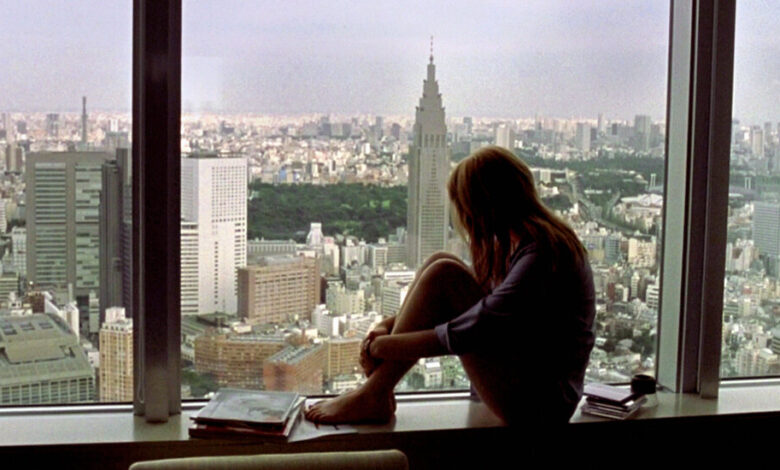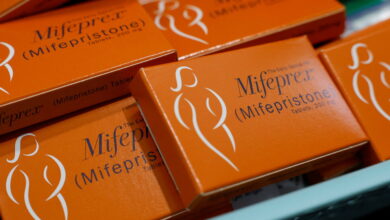Opinion | Sofia Coppola, “Priscilla” and the Art of the Alluring Sad Girl

The child of the director and his wife, Eleanor, Ms. Coppola more or less jumped out of the womb and onto the screen, appearing as an infant in the baptism scene at the end of “The Godfather.” She more famously played the role of Mary Corleone in “The Godfather Part III” in 1990, and her acting career essentially ended after that. But by then she was well positioned to occupy the rarefied worlds of alternative film, fashion and music, insulated from snarky criticism and the crassness of commercial demands.
I don’t see the presence of these rarefied worlds — either in her biography or as depicted on the screen — as a shortcoming. She is far from the only director to train her camera on the pretty and expensive rather than the cheap and dull, and escapism can lead to enlightenment in the right artist’s hands. Arguably, Ms. Coppola is exceptional as an artist because nobody among her contemporaries succeeds in preserving that pristine air the way she does, especially when used to embody an explicitly feminine worldview. As a filmmaker, she’s been able to pair a laser vision for images of covetable cool with the potent power of narrative, creating moody tales of lyrical loneliness in which her admirers can plant a flag of identity.
If you’ve ever attended a Christmas church service, you may have heard a line from the Gospel of Luke that I’ve always particularly liked. It’s in the part of the nativity story where a bunch of angels start singing hosannas and the shepherds go to Bethlehem and see what all this noise is about. In Luke 2:19, amid this frenzy, we’re given a brief, seemingly unprompted glimpse into the mind of a teenage virgin at the center of all of it: “But Mary treasured up all these things and pondered them in her heart.”
This line frequently wanders into my head when I’m watching the films of Ms. Coppola. It suggests simultaneous awe and self-possession, an independence of experience within the eye of a storm. Lynn Hirschberg, in the introduction to Sofia Coppola’s “Archive,” a four-pound, macaron-pink coffee-table book published this year, articulated the director’s virtues thus: “She is the personification of grace under pressure, of talent without unnecessary bombast, of creativity ruling the day rather than rage or fear or noise.” Ms. Hirschberg is celebrating Ms. Coppola’s ability to create while forgoing the lowbrow inconvenience of struggle or sweat — immaculate conception, if you want to call it that.
There may be a rebelliousness in this stillness, and a romance — of taking up things and pondering them in your heart. But on the most basic level, what Ms. Hirschberg described as a strength is a tendency to abstain, to not do something — a tendency shared by many of Ms. Coppola’s protagonists. In their passivity, her heroines serve as a conduit to envision ourselves in an impossible situation, in another stratosphere of holy privilege — something as impossible and holy as, say, meeting and marrying Elvis Presley.





